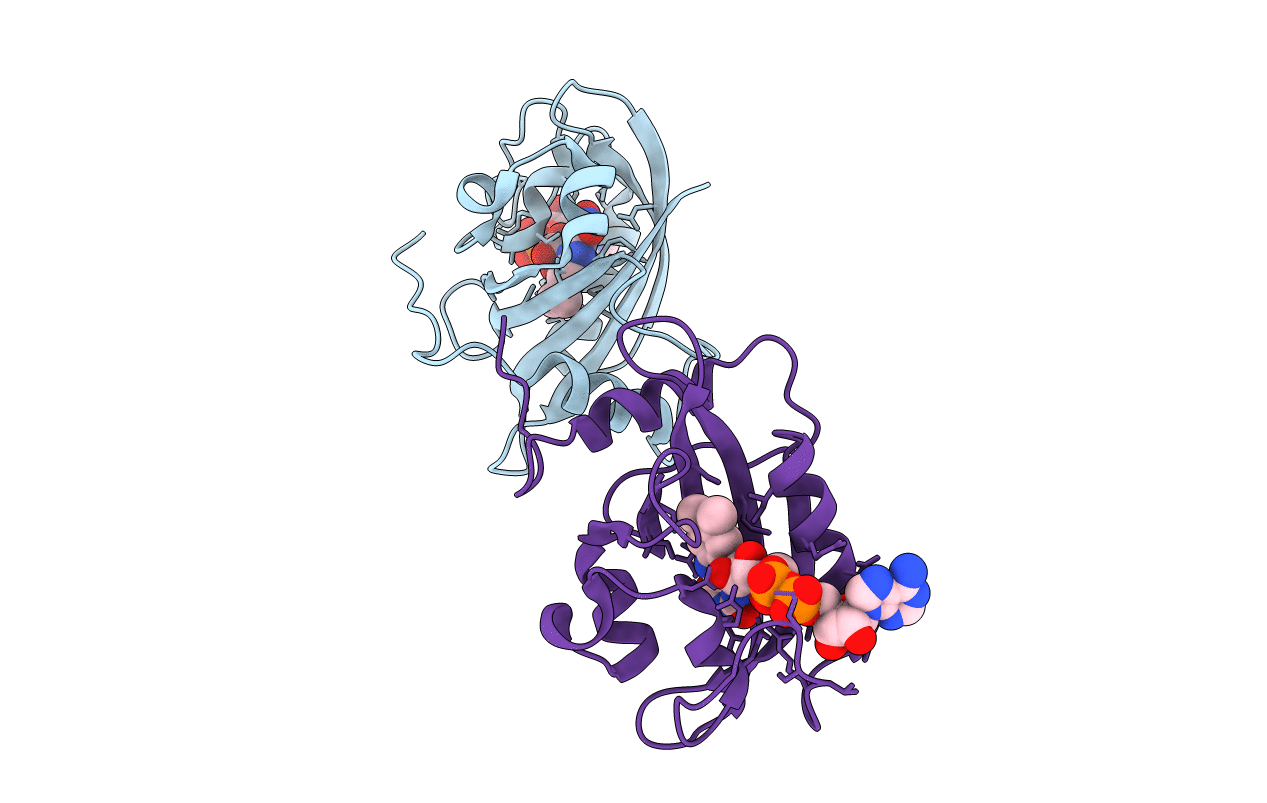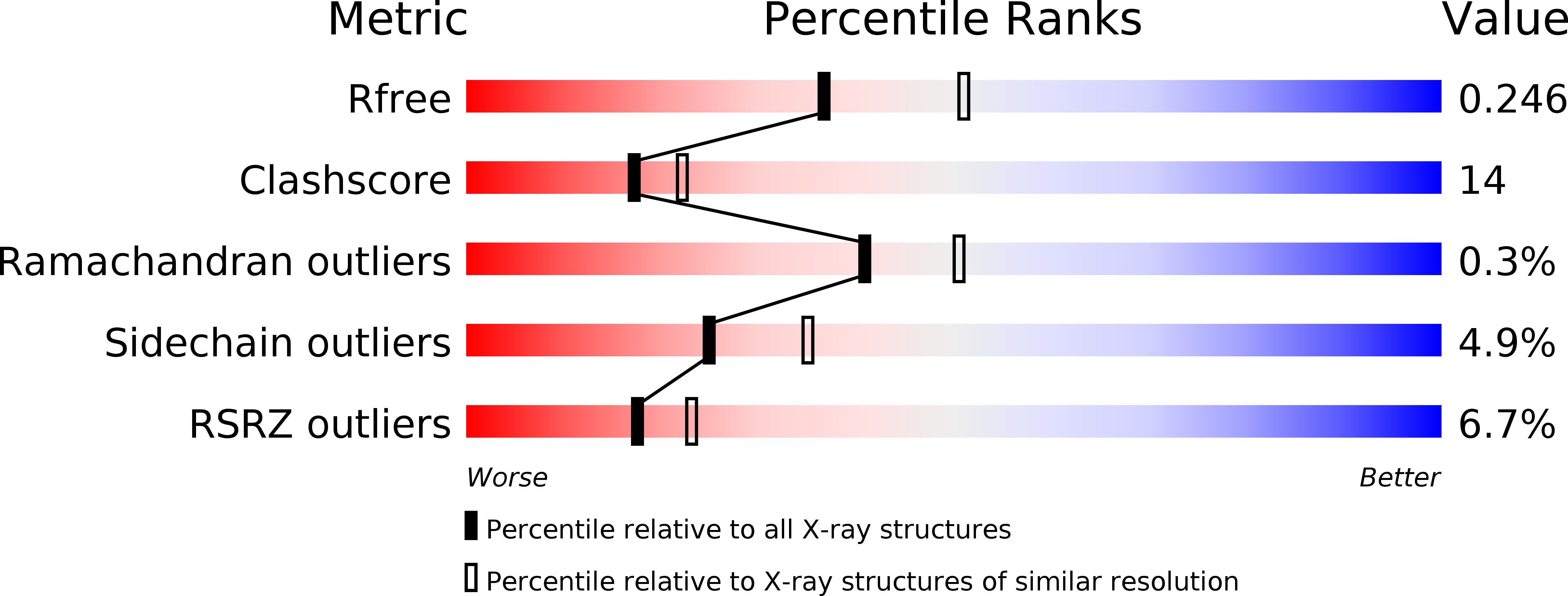
Deposition Date
2009-08-25
Release Date
2009-11-03
Last Version Date
2024-10-16
Entry Detail
PDB ID:
3IS2
Keywords:
Title:
2.3 Angstrom Crystal Structure of a Cys71 Sulfenic Acid form of Vivid
Biological Source:
Source Organism:
Neurospora crassa (Taxon ID: 5141)
Host Organism:
Method Details:
Experimental Method:
Resolution:
2.30 Å
R-Value Free:
0.25
R-Value Work:
0.22
R-Value Observed:
0.25
Space Group:
P 1 21 1


